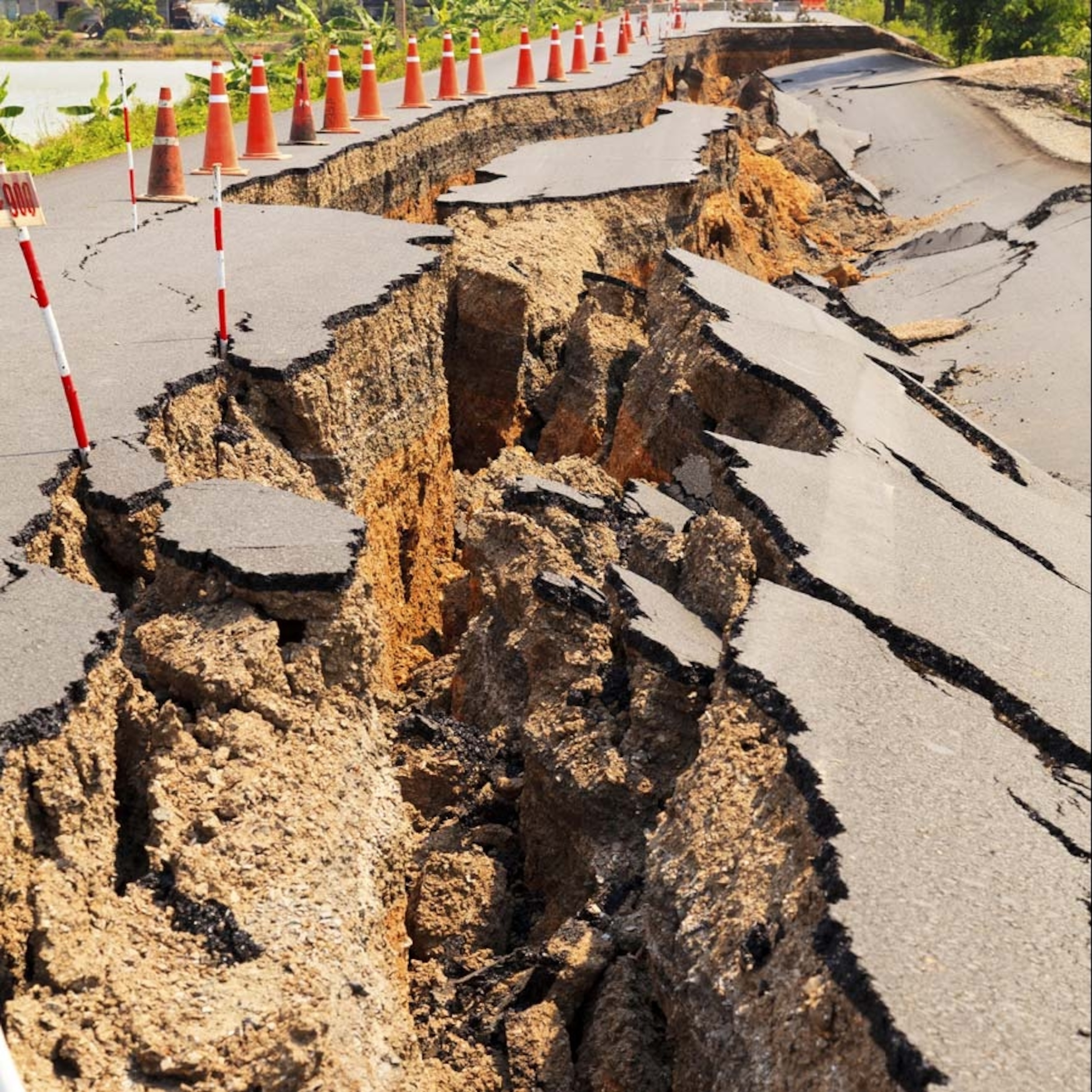The Vietnam War, a conflict that lasted from 1955 to 1975, was one of the most devastating wars of the 20th century. The war had a profound impact on the world, particularly on the people of Vietnam, the United States, and other countries involved. One of the most significant aspects of the war was the immense human toll it took, with millions of people affected, including soldiers, civilians, and prisoners of war.
The Human Cost of War
To understand the full extent of the Vietnam War’s impact, it’s essential to examine the various ways in which people were affected. The war resulted in the loss of millions of lives, with estimates suggesting that between 1.5 and 3.5 million people were killed, including:
- Military Personnel: The war saw the deaths of hundreds of thousands of soldiers from the United States, South Vietnam, North Vietnam, and other countries involved.
- Civilians: The war also had a devastating impact on civilians, with many caught in the crossfire or targeted by opposing forces.
- Prisoners of War: Thousands of soldiers were taken prisoner during the war, with many subjected to harsh treatment and interrogation.
The Impact on Vietnam
The war had a profound impact on Vietnam, with the country suffering significant damage to its infrastructure, economy, and environment. The war also led to a massive displacement of people, with millions forced to flee their homes and seek refuge in other parts of the country or abroad.
- Economic Impact: The war had a devastating impact on Vietnam’s economy, with the country’s infrastructure, including roads, bridges, and buildings, severely damaged.
- Environmental Impact: The war also had a significant impact on Vietnam’s environment, with the use of Agent Orange and other herbicides leading to long-term damage to the country’s ecosystem.
- Social Impact: The war had a profound social impact on Vietnam, with the country’s social fabric severely damaged. The war led to a breakdown in trust and a sense of instability, which would take years to recover from.
The Impact on the United States
The war also had a significant impact on the United States, with the country experiencing widespread protests and social unrest. The war also had a profound impact on the U.S. military, with the conflict leading to a re-evaluation of the country’s military strategy and tactics.
- Protests and Social Unrest: The war led to widespread protests and social unrest in the United States, with many Americans opposed to the country’s involvement in the conflict.
- Military Impact: The war had a significant impact on the U.S. military, with the conflict leading to a re-evaluation of the country’s military strategy and tactics.
- Political Impact: The war also had a profound impact on U.S. politics, with the conflict leading to a shift in the country’s political landscape.
Lessons Learned
The Vietnam War was a complex and multifaceted conflict that had a profound impact on the world. The war taught us many valuable lessons, including the importance of:
- Diplomacy: The war highlighted the importance of diplomacy and negotiation in preventing and resolving conflicts.
- International Cooperation: The war showed us the importance of international cooperation and the need for countries to work together to address common challenges.
- Human Rights: The war also highlighted the importance of protecting human rights and preventing atrocities.
What were the main causes of the Vietnam War?
+The Vietnam War was a complex conflict with multiple causes, including the Cold War, the spread of communism, and the struggle for independence and self-determination.
How many people were killed during the Vietnam War?
+Estimates suggest that between 1.5 and 3.5 million people were killed during the Vietnam War, including military personnel, civilians, and prisoners of war.
What was the impact of the Vietnam War on the United States?
+The Vietnam War had a significant impact on the United States, including widespread protests and social unrest, a re-evaluation of the country’s military strategy and tactics, and a shift in the country’s political landscape.


